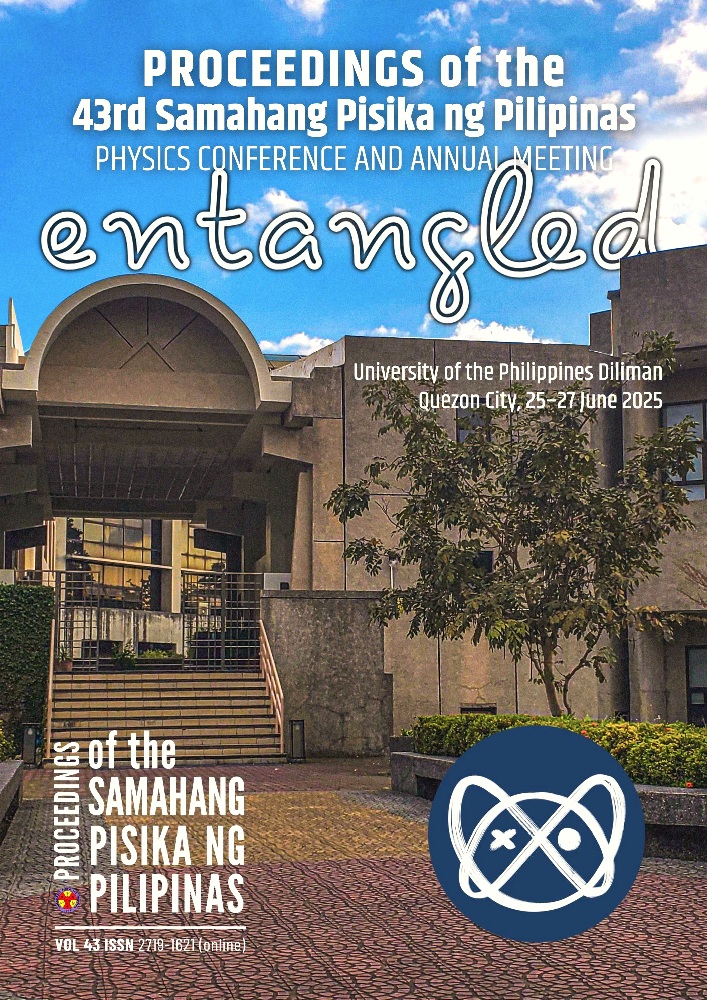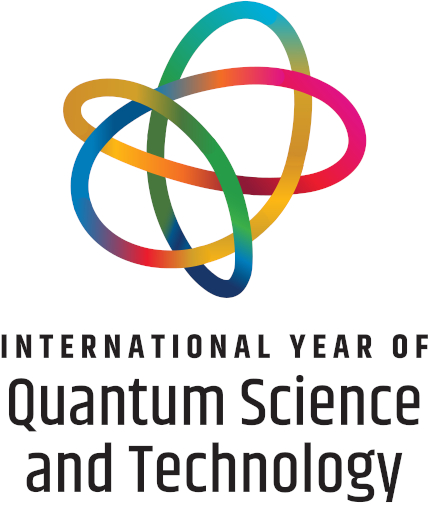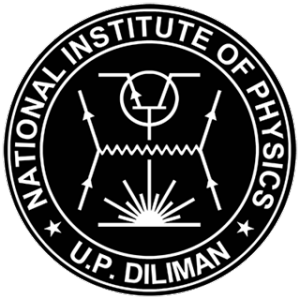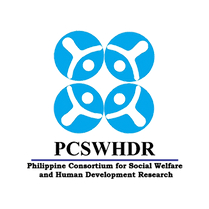Surface roughness and fractal dimension characterization of the topography in pristine and defected nanostructure arrays
Abstract
This study investigates the surface roughness characteristics and fractal dimension of nanostructured arrays using atomic force microscopy (AFM) imaging of silicon-based samples. The research compares pristine surfaces with defect-containing regions by quantifying surface roughness parameters (Ra, Rq, Rt, Rsk, Rku) and determining fractal dimensions through cube-counting methods. Image processing was performed using Gwyddion software with a scaling factor of 0.01667 μm per pixel. Results revealed significant differences between pristine and defected surfaces, with the defect area showing approximately 8-fold higher roughness values (Ra: 12.26 nm vs. 101.13 nm). Regional analysis of the defected surface revealed statistically significant variations in fractal dimensions across different quadrants (ranging from D = 2.08 to D = 2.17), with the bottom quadrants exhibiting higher complexity than the top quadrants. Power spectral density (PSD) and autocorrelation function (ACF) analyses further characterized the spatial frequency distribution and correlation lengths of surface features. This comprehensive characterization approach could serve as an alternative technique for quantifying overall surface complexity in nanotopographic characterization.
Downloads
Issue
Entangled!
25-28 June 2025, National Institute of Physics, University of the Philippines Diliman
Please visit the SPP2025 activity webpage for more information on this year's Physics Congress.
SPP2025 Conference Organizers
SPP2025 Editorial Board
SPP2025 Partners and Sponsors











